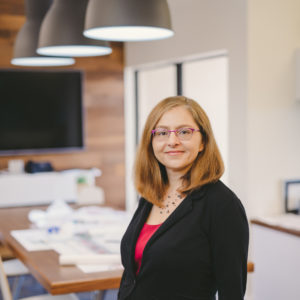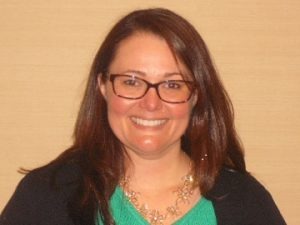Designing tomorrow’s senior environments
Eleven architecture and design experts, three editors, four conference planning team members and one (very long) day. I took part in a cross-curriculum committee that met in Baltimore this past Friday with a sole task: to sort through all the submitted presentations and decide which ones were worthy of inclusion for the 2015 Environments for Aging (EFA) Conference.
The advanced degrees, certifications and credentials filled the room and spilled out the doorway—AIA, LEED AP, dementia design specialists, senior living consultants and PhD gerontologists. Not to mention Kristin Zeit (editor-in-chief of Healthcare Design and Environments for Aging), Jennifer Kovacs-Silvis (executive editor of Healthcare Design and Environments for Aging) and yours truly.
The annual EFA Conference is a literal mind-meld of the country’s leading architects, designers and land planners of senior living spaces. They are the experts who research, design, plan and build/renovate the campuses and facilities in which providers work and deliver care every day.
Although the EFA Conference began (back in 2009) primarily as an educational and networking forum for architects, designers and vendors of senior living’s physical environments, these days the conference has grown to embrace the crucial component of providers—owners, operators and caregivers—all of whom are themselves becoming increasingly involved in the renovation and construction decisions being planned at their senior care sites.
More than 80 educational sessions had been submitted for consideration for the 2015 conference, and it was our group task to choose the very best 45 or so. The committee was in unanimous agreement about some submissions, whereas other submissions sparked vibrant debate. We discussed the submitted material, the conference format and the possible session topic tracks.
Every presentation was examined for its contribution to advancing knowledge, the depth of its material and its application in real life. In every case, it was a room-wide discussion and not just a “vote.” In every case, we asked, “Does this presentation truly raise the bar on the educational aspect of the conference?”
The hot topics that emerged from the submitted presentations (because I know you’re wondering)"?
- Memory care, of course. But instead of “let’s build a new memory care center,” this year’s submissions dive deeper (and more realistically) into the subjects of renovations and refurbs, as well as the ways in which facilities can incorporate the body of learning on dementia-friendly design across an entire senior living campus instead of just a dedicated dementia wing.
- More educational info on the project-planning process, with presentations that acknowledge how providers are involving more of their team members in the process of repurposing sections of their senior care sites for new services.
- Many more presentations that include the “team speaker” presentation model, including an architect/designer and a provider as co-presenters. (In fact, as a committee, we chose to send several excellent proposals back to the submitters, asking them to include a provider in the presentation.)
PS: Our committee meeting wasn’t held at the Baltimore Marriott Waterfront hotel by accident. This hotel (a Four-Diamond award recipient for conferences) is the location of the 2015 EFA Conference, so we were also touring the guest rooms, checking out the meeting spaces and registration areas, vetting the transportation amenities and testing the hotel’s catering—all of which passed with flying colors among the committee members.
If your facility is in need of structural or design changes to enhance care delivery or to revamp your service lines, then next year’s EFA Conference just might be a “don’t-miss” learning opportunity for you; consider joining us.
The EFA Conference will be April 19 to 21, 2015, in Baltimore.

Pamela Tabar was editor-in-chief of I Advance Senior Care from 2013-2018. She has worked as a writer and editor for healthcare business media since 1998, including as News Editor of Healthcare Informatics. She has a master’s degree in journalism from Kent State University and a master’s degree in English from the University of York, England.
Related Articles
Topics: Design , Executive Leadership , Housing











